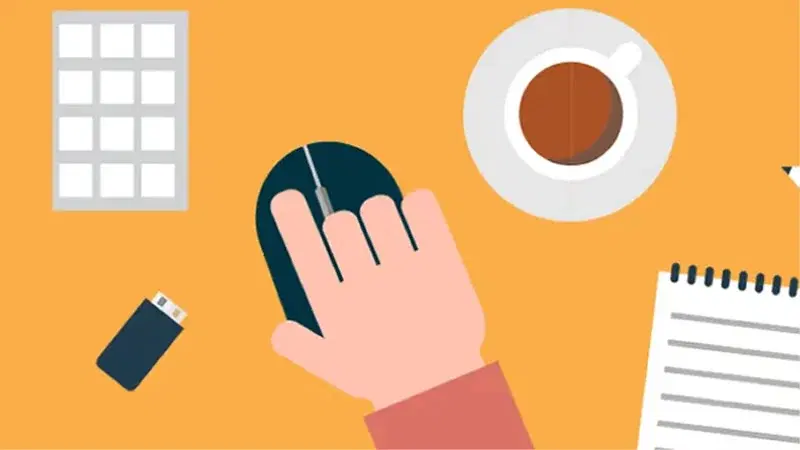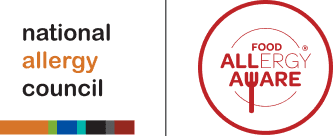Making food at home for food allergies
Clean things well before you start making food
Wash your hands with soap and warm running water

Wash your hands with soap and warm running water. Dry them with paper towel or a clean cloth.
Hand sanitiser does not remove allergens.
You may also need to wash your hands in between different cooking tasks, if you have touched the allergen at any time.
Wet hand wipes can be used if there is no water available.
Clean benches well before and after you prepare food for someone with a food allergy. Warm soapy water removes food allergens.
Always check kitchen equipment such as chopping boards, bowls, pots and pans, and utensils are clean and have no food stuck to it. Equipment should be thoroughly cleaned with hot soapy water or in the dishwasher before being used.
Scrub oven trays with hot soapy water. Baking paper or aluminium foil can be used to line a tray as extra protection. Cooking oils can seep through wax paper or other baking liners to the tray and cause cross contamination.
Make sure chopping boards are cleaned with hot soapy water or the dishwasher. You can have a separate coloured chopping board for food prepared for the person with food allergy.
Other cleaning tips
Kitchen equipment such as toasters can be difficult to clean. You can buy a separate toaster for the family member with food allergies.
Dish cloths and tea towels should be washed regularly on a hot wash setting.
Use paper towel or a clean cloth to wipe up spills or crumbs while you are making food.
Wash with hot water and detergent

Prevent cross contamination of food when cooking
Always use clean cooking equipment and wash the area well before starting to cook.
Do not use cooking equipment for more than one thing.
Wash your hands in between cooking tasks.
Be careful with tea towels - they can spread food allergens.
Using different ingredients to cook with
You can use different ingredients to change meals so that everyone in the house can eat the same food.
For example, instead of using egg, you could use an egg replacer.
The National Allergy Council developed the ingredient substitution tool to help you find alternative ingredients that can be used instead of the allergen containing ingredients.
Serving food at home
Make sure plates, cups, knives, forks and spoons do not have any food stuck on them and have been cleaned properly with hot soapy water.
Serve the allergy meal first to avoid mistakes.
Tell other family members, friends and visitors not to share food and drinks.
You can use a coloured plate or cup for children with food allergy so there is less of a risk of children taking the wrong meal. This is especially helpful for some families who have more than one child with different food allergies.

Prevent cross contamination when making food
Cross contamination, sometimes called cross contact, is when food allergens are transferred from one food to another. This can happen in many ways. This video shows you how to avoid cross contamination when preparing food.
Prepare allergy meals at a separate time and in a separate space
You can set aside a special space in the kitchen just for making food for the person with food allergy. If you can’t do this, make the meal for the person with food allergy first, before other meals, with clean cooking equipment. This video explains more.
Family recipes
 Download recipe
Download recipeAshley's pancakes
 Download recipe
Download recipeBeef cottage pie
 Download recipe
Download recipeBerry sorbet
 Download recipe
Download recipePear and berry crumble
 Download recipe
Download recipeChicken and rice
 Download recipe
Download recipeChicken drumstick meal
 Download recipe
Download recipeMexican beans
 Download recipe
Download recipePumpkin soup
 Download recipe
Download recipeStuffed potatoes
 Download recipe
Download recipeTomato soup
 Download recipe
Download recipeVegetable soup
Content created May 2024

